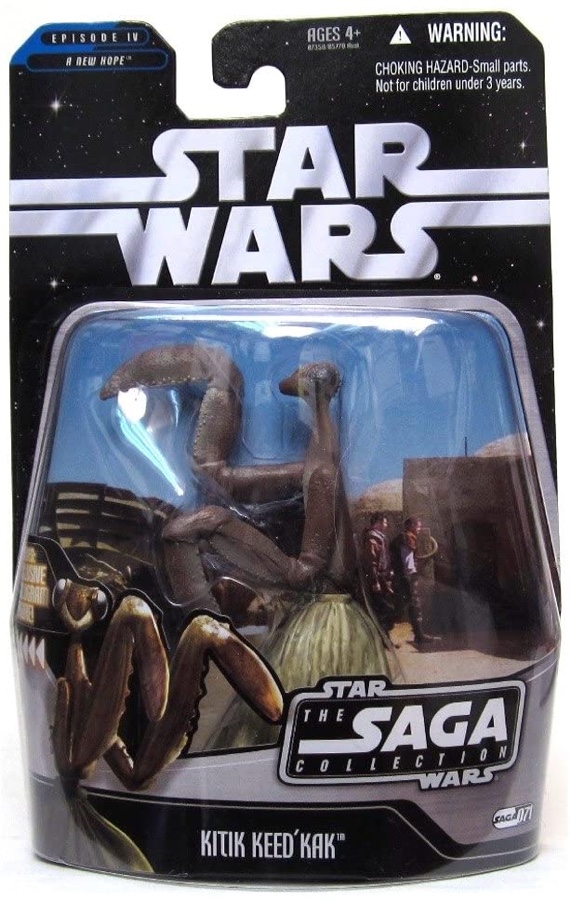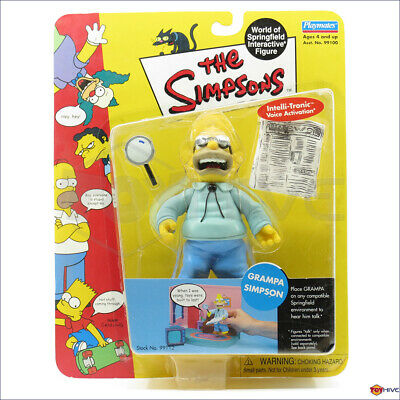Shortpacked (or: “Dabid Hunts Grampa Simpson”)
A shocking revelation came to my attention earlier this week: my best friend of over two decades somehow didn’t know what the word “shortpacked “ referred to. This word is so basic and commonplace to my vocabulary that I was absolutely astonished someone so close to me could be unfamiliar with it.
No, I’m not talking about “Shortpacked!”, the wildly inconsistent and frequently unfunny David Willis webcomic about collecting that I spent far too many minutes of my life reading, but in fact the terminology for a toy or figure from a set that is contained in the least quantity in a sealed shipping case assortment.

Shortpacked figures are something I thought about almost every day of my life from childhood through adulthood, as I was pretty much always on the hunt from my youth onward for the “rare” action figures from one series or another.
“Shortpacking” is a practice that occurs because manufacturers recognize that not all characters will be equally popular or marketable to the same extent, despite there still being sufficient interest to produce and sell these characters for a profit.

To prevent characters with a more “limited” appeal (such as random Mos Eisley Cantina aliens like Hem Dazon and Kitik Keed’kak in a Star Wars assortment) from clogging up the toy pegs in retail stores and thus lessening the chances of the retailer ordering more cases, toy companies will often choose to include these “hardcore fans only” figures in much smaller quantities than marquee characters (like Darth Vader).
Because the most ardent fans of a toy line tend to want to “collect them all”, these lesser-produced characters often almost paradoxically end up being the most sought after and fastest-selling figures in a lineup (making them favored targets of both fans and scalpers).
Thus, I spent many liters of gas on countless toy runs driving around looking for action figures of Grampa Simpson and finding only piles of Bart Simpson instead. (Playmates Toys misjudged their audience and falsely assumed Bart would be four times as popular as Grampa, so Bart was stupidly packed at four-per-case.)

(There’s a famous urban myth that Waylon Smithers was shortpacked in this same Simpsons toy line by Plsymates Toys, with the alleged reason being that it was because of Smithers’ sexual orientation, but that’s untrue–the figure was just slightly delayed and shipped even-packed at 2-per-case once he started to ship. After shortpacking Lisa Simpson, Grampa Simpson and Mr. Burns in Series 1 led to huge aftermarket prices for those characters and unhappy collectors, Playmates Toys went to an even-packing strategy for future assortments wherein there was rarely any shortpacked character. Hence, Smithers was not one-per-case as Grampa, Lisa and Mr. Burns had been.

Smithers was still tough to find, though, at least somewhat due to these controversial rumors increasing demand and also the fact that retail stores didn’t necessarily reorder a large quantity of restocks of World of Springfield Series 2, the set Smithers was a part of. I found my Smithers at the Saratoga Sorings Wilton Mall KB Toys in 2000, the only one I ever saw at retail. Smithers was the hardest figure in the whole line for me to find, as it took me months to find him–I found Grampa relatively quickly in comparison.)
These quests brought a spirit of life and adventure to toy hunting odysseys that has largely been lost in the modern internet age, wherein major toy manufacturers generally allow online retailers to order whatever quantities they want of individual figures, rather than being totally beholden to predetermined case assortments and ratios.

This fundamental shift has definitely changed the collecting landscape in a way that benefits the half-blind Dabid of today, but I’d be lying if I said I didn’t miss the thrills and disappointments of hitting dozens of stores each week in hopes of securing that rare Jean Grey figure amongst a pile of slow-selling Wolverines.

Another interesting peek into the inner machinations of a pretty nice person